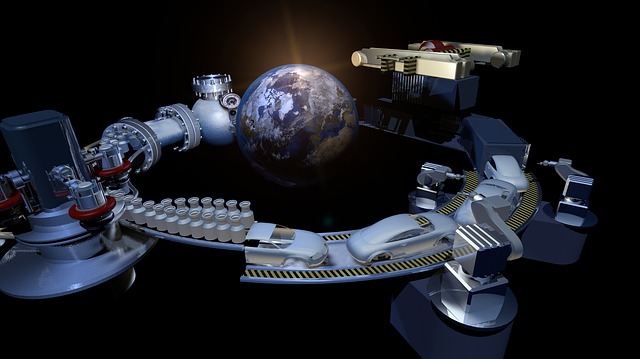Augmented Reality
During the last years, researchers and engineers have been using information technology, personal computers, tablets and even smart phones in order to take images out of TV sets and computer screens and integrate them into real life environments. Such technology, the Augmented Reality as it was called, makes the line between real life and computer generated reality disappear and augments what one can see, hear, feel or smell.
AR is a concept that implies augmenting the environment perception for an observer by means of various elements supplementation that enhance the cognitive process.
AR means either direct or indirect live seeing of physical real environment whose elements have been enhanced by computer generated sensor input such as sound, video, graphic or Global Positioning System (GPS) information.
AR is a process that makes virtual reality overlap real hard-core world such that it can be sensed with the naked eye. This word may have recently appeared, however it is being used more and more as a consequence of the development of augmenting technology that expands and adds on new components to the physical reality we live in. Given that one can sense reality through the five senses, and sight and hearing are the most important, and one cannot directly modify reality (i.e. one can see what one can see and one can hear what one can hear), the result is that reality expansion can only be done by the intermediary of an environment acting between reality and the organ of perception (eye, ear).
Want to learn more and how to integrate this technology into Global Digital Manufacturing for Industry 4.0? Join our free courses now !!!











